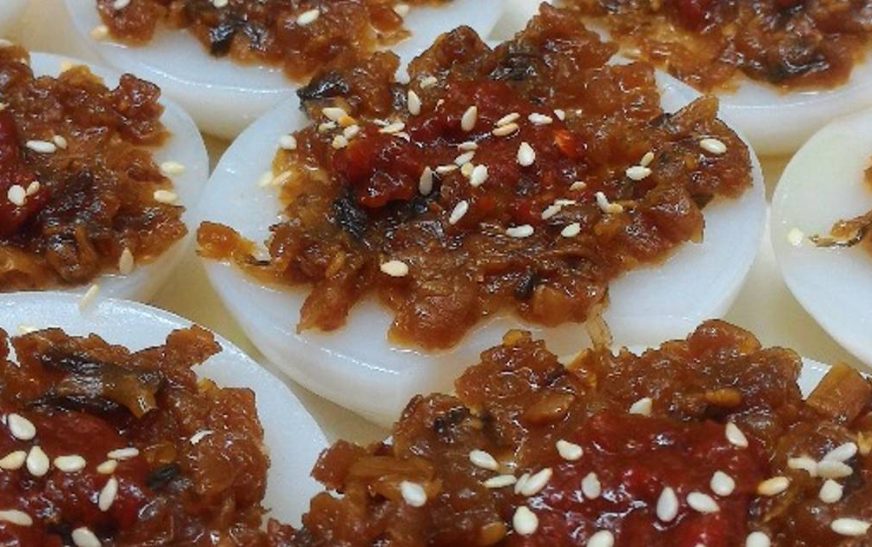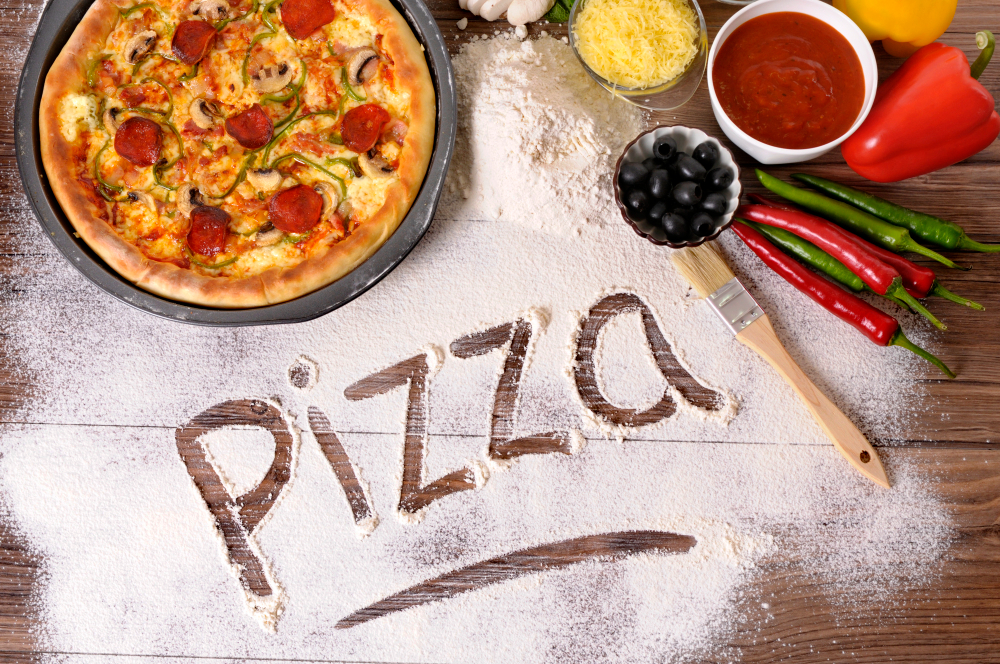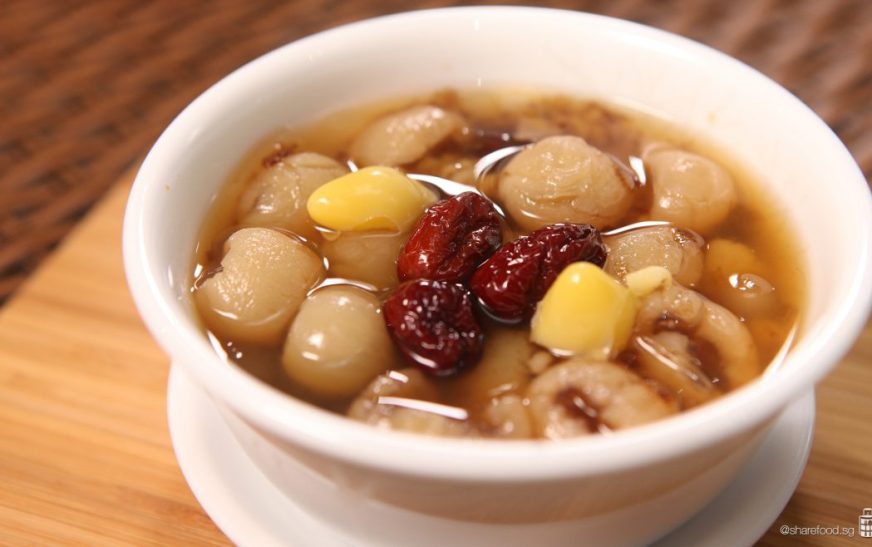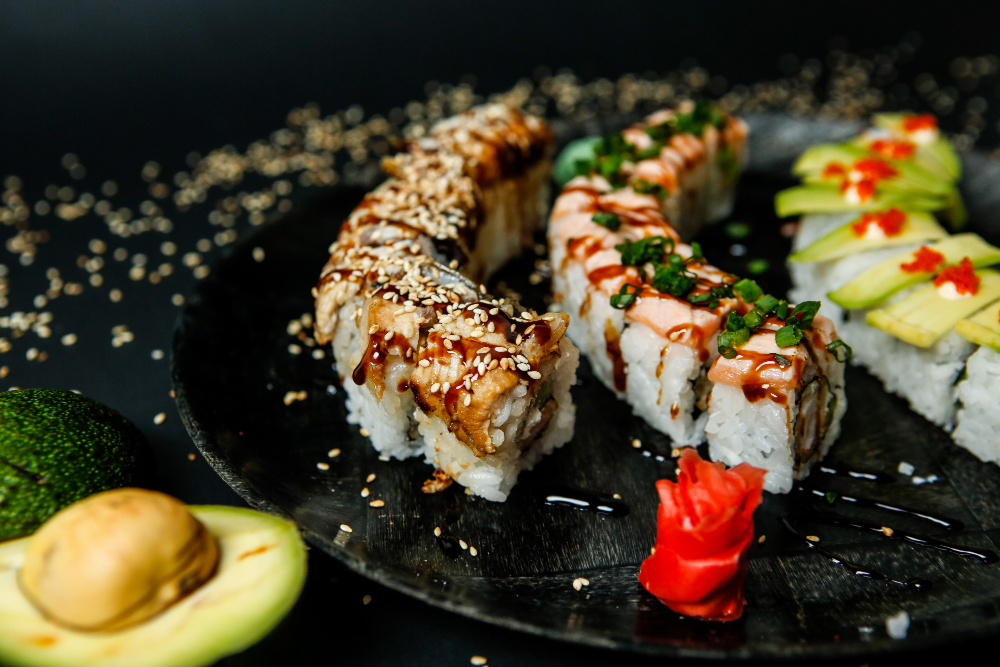Chwee Kueh, a beloved traditional snack in Singapore and Malaysia, holds a special place in the hearts (and stomachs!) of many. Its delicate rice cake base topped with savory preserved radish (chai poh) makes it a go-to breakfast or snack option. But if you’re mindful of your calorie intake, you might wonder how this tasty treat fits into your diet. In this article, we’ll break down the calorie content of Chwee Kueh, explore its nutritional profile, and offer tips on enjoying it guilt-free.
What Is Chwee Kueh?
Chwee Kueh, which translates to “water rice cake,” is made from a simple combination of rice flour, water, and sometimes tapioca flour. The mixture is steamed into small, round cakes and typically topped with chai poh, a savory preserved radish stir-fried with garlic and sometimes chili. While it’s loved for its soft, chewy texture and umami-packed topping, its calorie count depends on its ingredients and preparation.
How Many Calories Are in Chwee Kueh?
The calorie content of Chwee Kueh varies depending on portion size, toppings, and how it’s prepared.
Base Calories from the Rice Cake
The rice cake itself is made primarily from rice flour and water, contributing relatively low calories. A single rice cake (without toppings) contains approximately 20–30 calories.
Calories from Chai Poh (Preserved Radish)
The chai poh topping is where most of the calories come from. Made with preserved radish stir-fried in oil and often seasoned with sugar and garlic, the topping adds around 50–60 calories per serving. If the recipe includes additional oil or sugar, this number can increase.
Total Calories per Serving
A typical serving of Chwee Kueh (4 pieces) with chai poh contains approximately 200–250 calories, depending on the amount of oil and sugar used in the topping.
Nutritional Profile of Chwee Kueh
Macronutrients
- Carbohydrates: Chwee Kueh is primarily a source of carbs, thanks to its rice cake base.
- Fats: The fats mainly come from the oil used to prepare the chai poh topping.
- Protein: The dish contains a small amount of protein, mostly from the preserved radish and any additional toppings like chili paste.
Micronutrients
- Sodium: Due to the preserved radish, Chwee Kueh is relatively high in sodium.
- Vitamins and Minerals: Chai poh provides small amounts of potassium and fiber.
Is Chwee Kueh Healthy?
While Chwee Kueh is a delicious snack, its healthiness depends on your dietary goals and how often you consume it.
Pros
- Low in Calories: Compared to other fried or heavy snacks, Chwee Kueh is relatively light.
- Simple Ingredients: The rice cake base is made with just a few natural ingredients.
- Customizable Toppings: You can adjust the topping to reduce oil and sugar.
Cons
- High Sodium Content: The preserved radish can contribute to excessive sodium intake if eaten in large quantities.
- Fats in the Topping: The chai poh often contains added oil, increasing the fat content.
Tips for Enjoying Chwee Kueh Healthily
If you’re watching your calorie intake but love Chwee Kueh, here are some tips to make it a healthier choice:
- Use Less Chai Poh: Ask for less topping or scrape off excess to reduce calories and sodium.
- Choose Homemade: Prepare Chwee Kueh at home to control the amount of oil and sugar in the chai poh.
- Pair with Vegetables: Balance your meal by pairing Chwee Kueh with a side of vegetables or a salad.
- Limit Frequency: Enjoy Chwee Kueh as an occasional treat rather than a daily indulgence.
- Opt for Healthier Toppings: Experiment with alternatives like steamed mushrooms or low-sodium stir-fried vegetables.
Conclusion
Chwee Kueh is a delightful snack that can fit into your diet when consumed in moderation. With around 200–250 calories per typical serving, it’s relatively light compared to other snacks, but its sodium and fat content from the chai poh topping require mindfulness. By making small adjustments to the preparation and portion sizes, you can savor the flavors of Chwee Kueh while staying on track with your health goals.
FAQs
How many calories are in 4 pieces of Chwee Kueh?
Four pieces of Chwee Kueh with chai poh topping contain approximately 200–250 calories.
Is Chwee Kueh gluten-free?
Yes, the rice cake base is naturally gluten-free. However, check the chai poh topping for added sauces that may contain gluten.
Can I make a healthier version of Chwee Kueh?
Absolutely! Use less oil and sugar in the chai poh topping, and consider adding nutrient-rich alternatives like steamed vegetables.
Is Chwee Kueh high in sodium?
Yes, the preserved radish topping can be high in sodium, so it’s best to enjoy it in moderation.
Is Chwee Kueh vegan?
Traditional Chwee Kueh is vegan, but it’s always good to check if animal-based seasonings or ingredients are used in the chai poh.
What is the best time to eat Chwee Kueh?
Chwee Kueh is commonly enjoyed as a breakfast dish, but it can also be a satisfying snack at any time of day.
Also read: 10 Surprising Benefits of Cheng Teng Dessert You Need to Know










